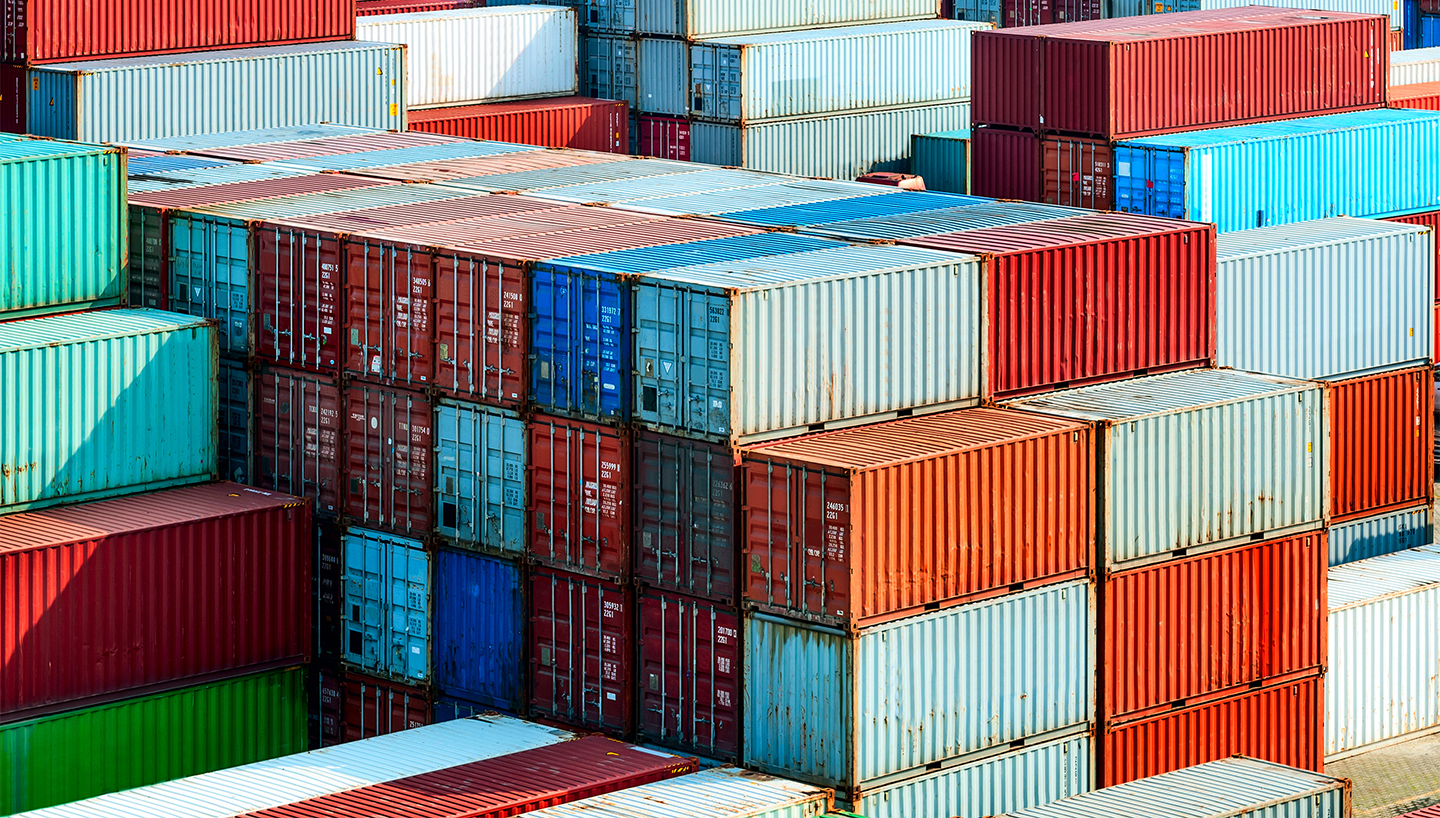
MyHomeGuard is more than just household insurance. It provides cover for ATM assault, injuries resulting from theft, and personal accidents that occur outside your home.

Life has so much to offer. To ensure that you live yours to the fullest, our life protection insurance provides comprehensive solutions to grow your wealth and to protect your health according to your changing needs and goals.

Chubb leverages superior underwriting expertise and world renowned claims, account services, and financial strength to offer solutions for small and medium businesses.

Today’s multinational organizations face complex and interconnected risks. We offer insurance solutions that are tailored to global needs as well as local requirements, helping them address their risk management challenges.


Our partners’ contributions to our success are undeniable. As one of the world’s largest and strongest insurers, we offer a range of products and services capabilities through our distribution channels to ensure yours, too.

Chubb has a proven track record of maximising ancillary revenue for more than 120 business partners across Asia Pacific.


Protect your travel adventures, home, and everyday moments with Chubb’s General Insurance. Enjoy flexible coverage from a global insurance leader and buy online in minutes—peace of mind is just a click away.

Buy life insurance online for all your needs—critical illness, accidents, and term life. Enjoy comprehensive protection, health and wellness benefits, and flexible coverage options with easy online purchase.
How to turn new challenges and risks in manufacturing into new markets and rewards
Manufacturers around the world currently face a unique set of challenges that did not exist in their old environment. As they welcome new opportunities, they also confront new exposures for which they may not be fully prepared. These include safety and cybersecurity risks, financial and competitive challenges, and regulatory and political uncertainty, resulting in a manufacturing environment that is much more complex today than it was five years ago.
To better understand the changes facing manufacturers, Chubb conducted a study to uncover the latest trends and shed insights into how companies can best mitigate new risks. This article distills the learnings and discusses best practices manufacturers in the Asia Pacific region can adopt to manage new risks and capitalize on opportunities amid the shifting landscape.
1. Digitisation opens doors to opportunities. And risks.
New manufacturing technologies are changing how items are made and increasing productivity for companies that invest in them. Processes that used to be physical are now digitized, and the products themselves have more technology embedded. Digitization can accelerate new product/service development and gather valuable information that can spark innovation in next-generation products.
At the same time, however, the implementation of sophisticated manufacturing techniques such as advanced process controls, robotics and automation require not only a large investment, but also an understanding that with emerging technologies come new and heightened operational and cyber security risks.
Recommendation: Manufacturers can benefit from speaking with their business partners, including insurance agents, bankers, advisors and auditors, and lawyers to ensure they evaluate and manage new exposures. Specifically, partnering with an insurance provider that has deep expertise and tailored solutions can help manufacturers using advanced technologies stay ahead of these emerging threats and develop strategies to mitigate risks.

2. Integrated supply chain leads to greater collaboration. And responsibility
Manufacturers’ relationships with suppliers and customers are increasingly interdependent. As customers demand more speed, more reliable cycle times, and more transparent relationships, manufacturers are expecting the same from their suppliers. All of these factors have led to greater integration between suppliers and customers and with providers of third-party logistics, IT, and financial services.
Consequently, as sensitive data is often a necessary part of these collaborations, the amount of data stored and transacted between parties may be susceptible to a cyberattack. In addition, as turnaround times continue to shrink, and products become more customized, companies’ margin for error shrinks. Yet, many do not consider this type of exposure as part of their insurance program.
Recommendation: A solution that includes broad cyber insurance and knowledgeable risk engineering services can help address a breach when one occurs. For example, a supplier neglects to meet its obligations to the manufacturer, or becomes liable for a harmful product failure. More importantly, with an insurance solution in place, it can prevent a breach from happening in the first place.
Furthermore, having a comprehensive enterprise risk management strategy — one that is regularly updated to keep abreast of change — is increasingly important. One step manufacturing companies can take is a regular review of their enterprise risk strategy, to ensure they have sufficient and proper protections in place.

3. New service offering grows revenue. And liabilities.
Many manufacturers are switching from a product-only model to one that also includes a service offering. That is, they have moved beyond simply delivering a product to installing, monitoring, and servicing it. As a result, they are connected with customers and consumers in more ways and for a larger part of the product lifecycle. As their revenues grow from these activities; so do their potential liabilities.
Recommendation: While changes to product and service mix offer new paths to winning, it is important for manufacturers to protect against financial injury that could result from a product or service not meeting customer expectations. While warranties or contractual remedies exist, they alone cannot replace the lost revenue or reputational damage due to an actual or alleged product or service defect or failure to perform. The Manufacturing Errors & Omissions coverage which is offered as an extension under our Chubb Assembly insurance policy can help to fill this often overlooked gap in an insurance program.
In summary, the increasing complexity of the sector is opening up companies not only to new opportunities — new markets to serve, new ways of winning and keeping customers, and new flexibility in operations — but also to new exposures. Manufacturers have little control over many of their challenges; however, with awareness they can mitigate the risks, move their business forward and better position themselves for sustainable growth.
Ready to approach manufacturing through a new lens? Contact us to find out more about Chubb’s integrated insurance coverage solutions, Chubb Assembly to address manufacturers’ emerging needs.
Insights and Expertise



Have a question or need more information?
Contact us to find out how we can help you get covered against potential risks.
No part of this article may be reproduced in any written, electronic, recording, or printed form without written permission of Chubb.
Disclaimer - All contents of this article are intended for general information/guidance purposes only and not intended to be an offer or solicitation of insurance products or personal advice or a recommendation to any individual or business of any product or service. This article should not be relied on for legal advice or policy coverage and cannot be viewed as a substitute to obtaining proper legal or other professional advice, or for reading the policy documents. You should read the policy documents to determine whether any of the insurance product(s) discussed are right for you or your business, noting different limits, exclusions, terms and conditions apply in each country or territory, and not all cover is available in all countries or territories.

